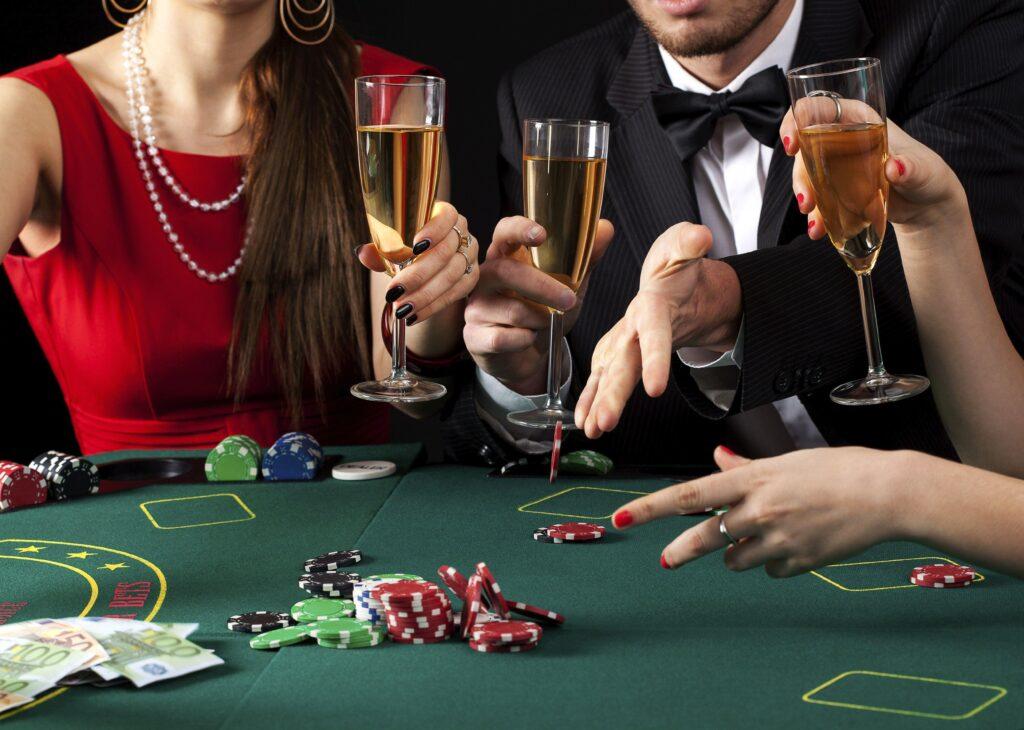Australia, a vast and diverse country, is home to a rich tapestry of cultures, traditions and stories. Among its many treasures are indigenous sports and games. These traditional activities are not just pastimes, they are deeply intertwined with the social fabric, spirituality and cultural identity of Indigenous Australians. In this study, we will delve into the essence of these games, understanding their origins, meaning, and how they have evolved over time.

Origins of Indigenous sports
Aboriginal and Torres Strait Islander communities in Australia have lived on this vast continent for over 65,000 years. Their sports and games have millennium-old roots and often reflect the land’s unique geography and local worldview. Many of these games originated as a means to hone skills, strengthen social bonds, or reenact everyday activities.
Marngrook: the game that inspired modern football
One of the most intriguing and famous traditional sports is Marngrook. The game uses a possum skin ball, which involves players from two teams trying to catch the ball in the air. It is believed that Marngrook may have influenced the modern game of Australian football. The high jumps and catches characteristic of the Australian rules reflect the action seen at Marngrook.
Wana Quick hand game
Another exciting game, Wana, requires quick hand movements, dexterity and keen observation. When playing with a small stick hidden in one hand, opponents must guess which hand it is in. A simple game at its core, Wana is both fun and challenging, offering players the opportunity to hone their reflexes and observation skills.
Buroinjin ball game with a twist
Buroinjin is a ball game played with a spherical object made from stitched kangaroo skin. Teams seek to keep possession of the ball and pass it to team members, trying to pass it to the opponent’s side. Catch? The ball can only be thrown with a hand movement. This unique limitation adds strategic depth to the game, turning it into a mixture of dexterity, strategy and teamwork.
Significance of Indigenous Games in Cultural Celebrations
Sports and games often go beyond their physical limits to become part of broader cultural and ceremonial practices. Many Indigenous games in Australia are an integral part of cultural festivals, initiation ceremonies and other important social gatherings. These are not just games, they also serve as a means of passing on stories, lessons and values to the younger generation.
Renaissance and modern interpretations
While many local games have faced the threat of extinction due to outside influence and modernization, there has been a resurgence of interest and practice in recent years. Efforts to revive and promote these traditional games are underway, with events such as the National Indigenous Game Festival showcasing the combination of ancient games with modern interpretations.
Many schools and institutions across Australia are also integrating Indigenous games into their sports programs, ensuring that these timeless activities continue to captivate, educate and engage future generations. This revival is not just a tribute to the past, but an acknowledgment of the rich cultural heritage that Indigenous Australians bring to a broader national identity.
Heritage of Indigenous Traditional Instruments in Sports Events
Indigenous games in Australia are not only about physical prowess, but also about showcasing the traditional musical instruments that play an integral part in these activities. Didgeridoo and crackers are two such instruments that often accompany games, setting the rhythm and tone of the event.
- Didgeridoo: the heartfelt sound of the hinterland
The haunting and resonant sounds of the didgeridoo, a wind instrument native to northern Australia, have been echoing across the continent for over a millennium. Often crafted from termite-hollowed eucalyptus trees, the deep, buzzing notes of didgeridoo provide an atmospheric backdrop to games, intertwining players, spectators, and the very soul of the earth.
- Clapsticks: Set the Rhythm
While the didgeridoo provides melodic undertones, the crackers set the pace. These percussion instruments, made of dense wood, form rhythmic patterns. Their crisp sound often mimics the heartbeat of the game, resonating with the energy and spirit of players and spectators alike.
Indigenous games on the international stage
Australia’s commitment to celebrating its national games is evident not only within its borders, but also on the global stage. The teams representing Australia in international Indigenous games are ambassadors of the country’s rich sporting heritage. Their participation highlights the importance of preserving cultural identity while promoting sportsmanship and international camaraderie.
Impact on the economy and tourism
The renewed interest in local sports has spurred significant growth in the local economy and tourism. Tourists, both local and foreign, tend to see these traditional games with their own eyes. This interest has led to the creation of local sports tours, workshops and cultural exchanges, providing learning opportunities and contributing to community development.

The Road Forward: A Celebration of Unity and Heritage
Indigenous sports and games in Australia are testament to the country’s resilience, diversity and rich heritage. As these games continue to gain popularity, they serve as a beacon of hope, bringing people from all walks of life together in a celebration of culture, history and the human spirit. The journey of these games from ancient traditions to modern spectacle is a story worth telling and preserving for future generations.
